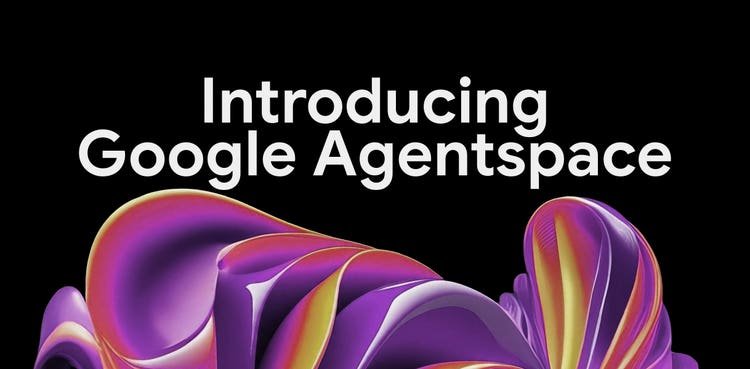In a pivotal move that could redefine the software development landscape, Apple has partnered with Anthropic, the San Francisco-based AI research firm, to build an innovative “vibe-coding” platform. This initiative is not merely about automating code; it represents a deeper transformation in how humans interact with machines to create software.
“Vibe-coding”—a term popularized by former Tesla AI director Andrej Karpathy—refers to the idea of developers communicating their programming intent in natural language while AI interprets and materializes that intent into functional code. This conceptual leap aims to liberate developers from the traditional constraints of syntax and logic scaffolding, offering a more fluid, intuitive method to engineer software.
Claude Sonnet Meets Xcode: AI Integration at the Core
At the heart of this partnership is the integration of Claude Sonnet, Anthropic’s advanced large language model, directly into Apple’s flagship Xcode development environment. This upgraded Xcode variant, currently under internal testing, empowers developers to type goals in plain English—or even fragments of ideas—and receive full-fledged code completions, tests, and suggestions from the AI.
Sources close to the project indicate that Apple engineers are actively refining how Claude interacts with real-world software development scenarios—editing, debugging, and even suggesting architecture-level decisions. The system does not merely autogenerate code but adapts to the developer’s “vibe”—the tone, goals, and style inferred from their queries.
While Apple has not made a public announcement, insiders suggest that this iteration of Xcode could become a core component in the next macOS or iOS development cycle. The rollout strategy will likely follow Apple’s measured internal-to-public deployment pattern to ensure both security and functionality.
Learning from Failure: Swift Assist’s Silent Exit
This isn’t Apple’s first attempt to marry AI with programming. In early 2024, the company quietly revealed Swift Assist, a natural language AI assistant for Swift developers. However, concerns about its maturity and real-world usability stymied its deployment. Engineers reportedly faced bottlenecks where the assistant either misunderstood development context or slowed team workflows due to over-reliance on AI-generated code.
Apple’s new collaboration with Anthropic seems to be a direct evolution of those learnings. By leveraging Anthropic’s strengths in constitutional AI—which emphasizes safer, instruction-following models—Apple may be betting on more controlled and context-aware coding outcomes. Claude Sonnet’s alignment techniques and robust context windows position it as a stronger candidate for enterprise-grade development environments.
The Broader Vision: Natural Language as the New Programming Paradigm
The Apple-Anthropic collaboration aligns with a broader industry trend: transforming natural language into a primary interface for software development. This vision is shared by players like OpenAI (via Codex), Microsoft GitHub Copilot, and even Google’s AlphaCode. Yet Apple’s approach stands out by seeking to fully embed this AI capability at the IDE (Integrated Development Environment) level—not as a plugin, but as a foundational layer of the development process.
This fundamental shift means that developers may no longer need to learn exhaustive syntax or memorize API documentation. Instead, AI can fill in the blanks based on natural descriptions, project history, and even team-specific coding conventions.
More profoundly, vibe-coding opens doors to new demographics—entrepreneurs, creatives, and analysts with no formal programming education—who can now articulate their software vision and see it materialize through AI co-creation.
Strategic Implications: Apple’s Quiet AI Power Play
Apple’s move with Anthropic also signals a broader strategic pivot. Historically reticent to vocalize its AI ambitions, Apple has lagged behind public-facing AI models from OpenAI, Google, and Meta. Yet this partnership indicates a more ambitious internal strategy to bake AI deeply into Apple’s software ecosystem.
By selecting Anthropic—a company known for its alignment-first approach to AI safety—Apple is also making a statement about its AI ethics posture. Claude models are trained under principles that limit harmful outputs and ensure instruction fidelity, which aligns well with Apple’s brand of tightly controlled, privacy-first user experiences.
The collaboration could eventually extend beyond Xcode. If successful, Claude Sonnet could power new Siri upgrades, accessibility tools, or even UI generation features within Apple’s suite of creative software like Final Cut Pro and Logic Pro.
Vibe-Coding and the Future of Work
If Apple and Anthropic succeed in mainstreaming vibe-coding, it could alter the very fabric of how tech products are built. Software engineers may shift from coders to curators and strategists, focusing more on architectural decisions and user experiences. AI will take on the mechanical execution, testing, and even refactoring tasks—essentially becoming the new junior developer.
This democratization of software development could also flatten traditional hierarchies in tech teams. With less emphasis on raw syntax skill and more on creativity and problem-solving, vibe-coding could empower more diverse contributors in tech—including women, non-coders, and neurodiverse individuals.
Conclusion: A Quiet Revolution in Code
The Apple-Anthropic vibe-coding alliance is not just about smarter IDEs or faster code generation. It’s about reimagining the relationship between human creativity and machine intelligence. If this partnership reaches its potential, it could redefine who gets to build software, how they do it, and what kinds of digital experiences are possible.
As the rest of the industry watches closely, Apple and Anthropic may be writing not just code—but the future of coding itself.
Would you like a visual graphic illustrating how vibe-coding works?









